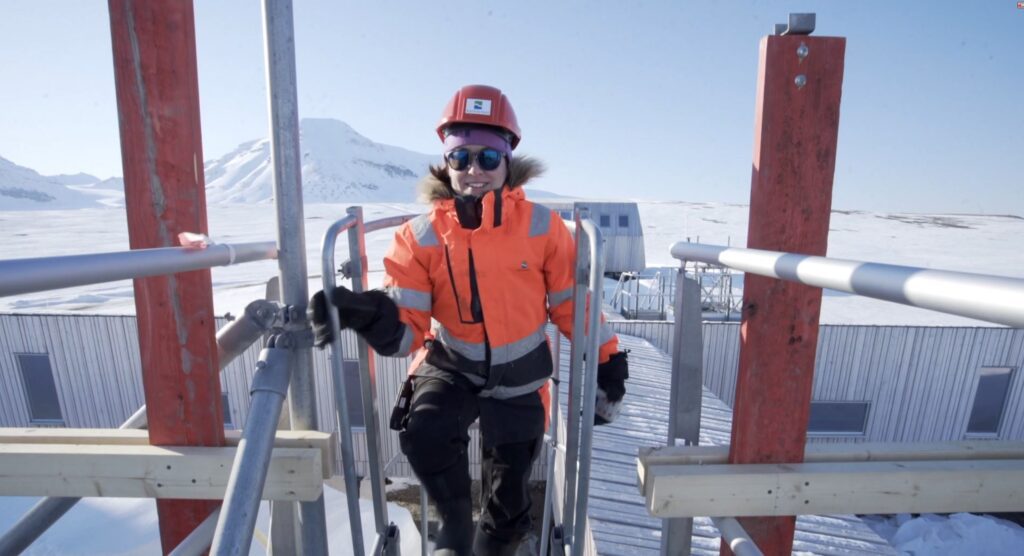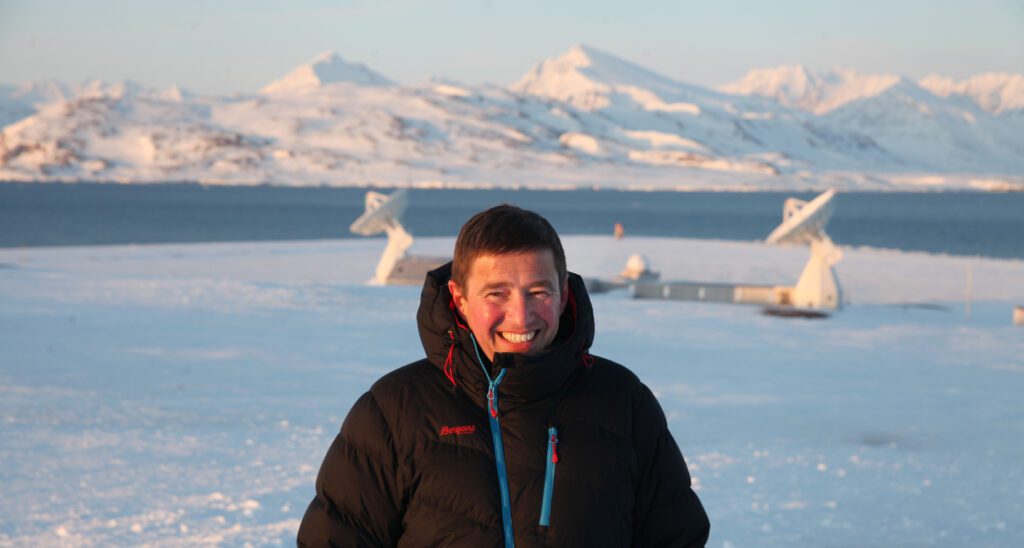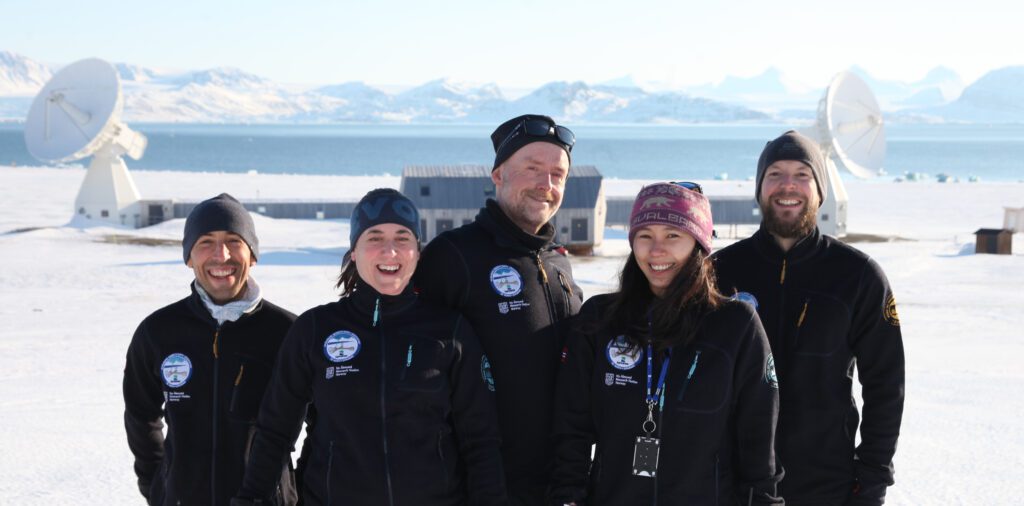The Norwegian Mapping Authority’s Geodetic Earth Observatory, Ny-Ålesund. Photo: Bjørn-Owe Holmberg
Important milestone for the Norwegian Mapping Authority’s geodetic Earth observatory
The Norwegian Mapping Authority’s new north antenna at Brandallaguna in Ny-Ålesund has finally started operations within the international geodetic network for observation and research after successful testing.
This is a very important milestone!
Susana Garcia Espada, station leader at the geodetic Earth observatory in Ny-Ålesund

Crucial for accurate information
The new geodetic Earth Observatory in Ny-Ålesund is Norway’s most important contribution to the global geodetic reference frame, as called for by the United Nations resolution “A Global Geodetic Reference Frame for sustainable development”, which was adopted by the UN General Assembly in February 2015.
Per Erik Opseth, the head of geodesy division at the Norwegian Mapping Authority, explains that the global geodetic reference frame is fundamental for climate research and monitoring, and crucial for ensuring accurate GPS information.
Because of Ny-Ålesund’s geographical location and the radio silence protection, Norway’s geodetic Earth observatory and its VLBI antennas (Very Long Baseline Interferometry) are an important reference for the international geodetic network for observation and research.
Per Erik Opseth, Head of geodesy divisjon

New technology improves observations
Currently the core network with the new VLBI Global Observing System (VGOS) technology is formed by nine antennas observing from different countries as Japan, Germany, United States, Sweden, and Spain.
In the next months, the antenna will be participating regularly as a tagalong in the international network to demonstrate the stability of the system before it joins the core network as a regular antenna.
The results will improve the time series between the old antenna and the new south antenna at the new geodetic observatory until the 20 meters old VLBI antenna is dismantled after the summer 2023
Within this new technology network the amount of data observed in 24 hours is up to 10 times the data observed in the old antenna’s network.
Susana Garcia Espada

In parallel the old antenna at Hamnerabben and the new technology south antenna at Brandallaguna are running parallel sessions to improve the tie between the old and the new observatory.
Did you find what you were looking for?